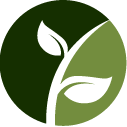Knotweed Removal Costs Explained
The cost of knotweed removal varies depending on multiple factors including the extent of infestation, site accessibility, and removal method. This page provides a detailed overview of these factors, associated costs, and related services to inform planning and budgeting.
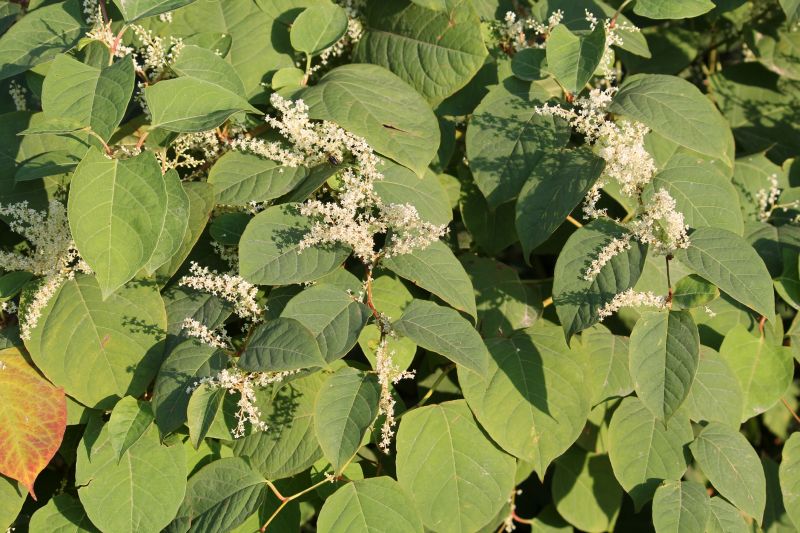
Large infestations typically require more resources and time, increasing the overall cost of removal.
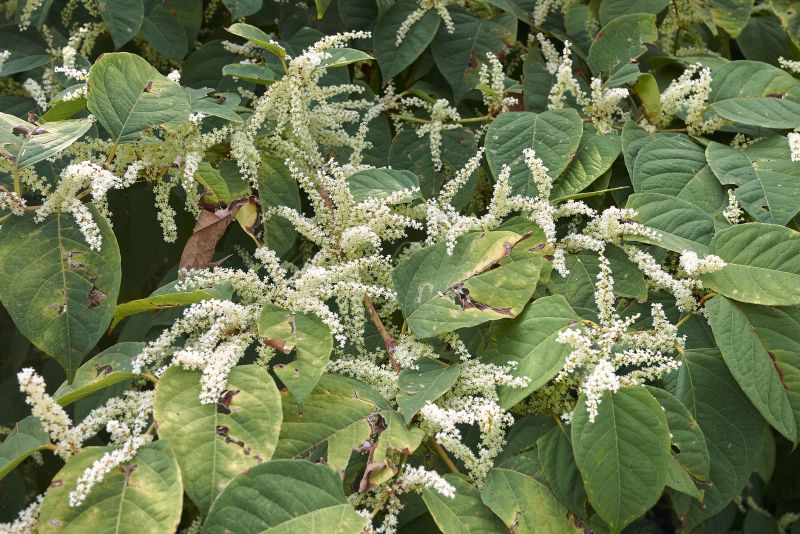
Difficult-to-access locations may incur higher expenses due to specialized equipment or additional labor.
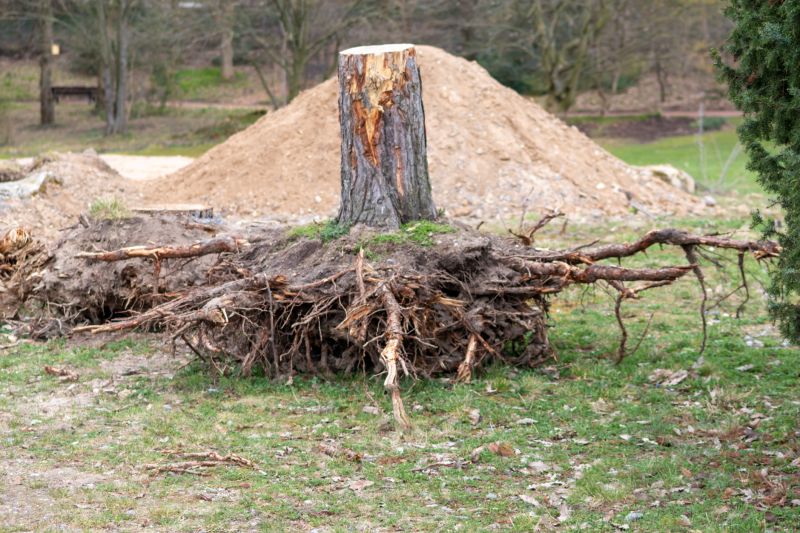
Options such as chemical treatment, excavation, or combination approaches influence the total cost.
| Factor | Impact on Cost |
|---|---|
| Size of Infestation | Larger areas increase removal costs significantly. |
| Site Accessibility | Hard-to-reach areas may require specialized equipment, raising expenses. |
| Removal Technique | Different methods have varying costs; chemical treatments are generally less expensive than excavation. |
| Soil Contamination | Contaminated sites may require additional safety measures, increasing costs. |
| Location | Urban sites tend to be more costly due to space constraints and regulations. |
| Regulatory Compliance | Adhering to legal requirements can add to overall expenses. |
| Repeat Treatments | Multiple sessions can raise total costs depending on infestation severity. |
| Labor Costs | Labor-intensive methods contribute to higher prices. |
Professional knotweed removal services typically charge based on the area affected, with prices ranging from moderate to high depending on the complexity of the project. Accurate cost estimation requires a site assessment to evaluate infestation size, accessibility, and environmental considerations. Investing in thorough removal methods ensures long-term control and minimizes the risk of regrowth, which can otherwise lead to higher costs over time.
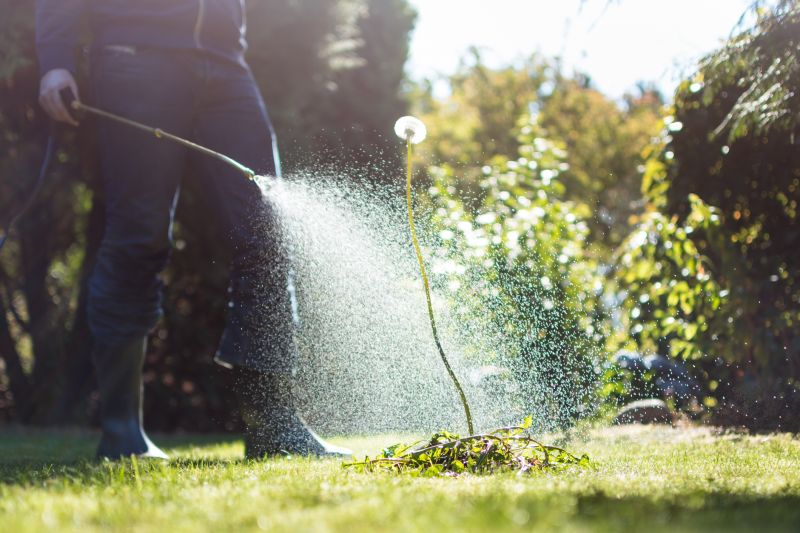
Costs include the use of herbicides and specialized sprayers for targeted application.
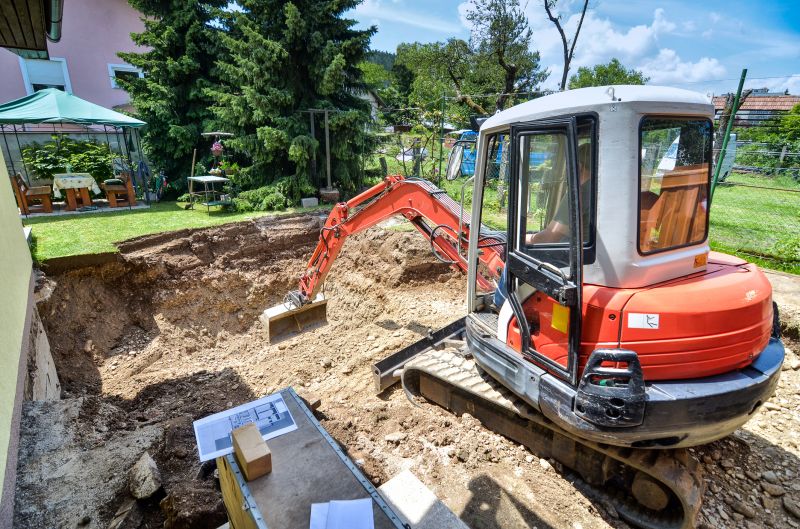
Heavy machinery and manual tools are used for removing contaminated soil and plant material.
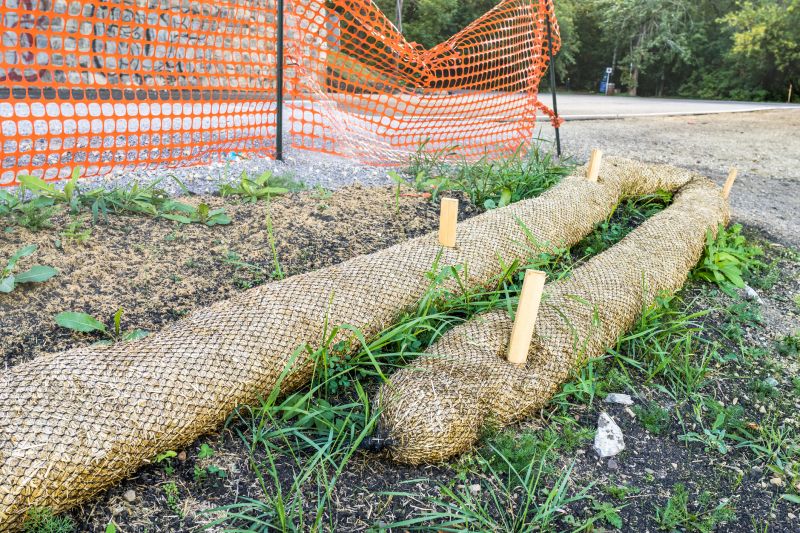
Physical barriers or fencing may be necessary to prevent spread during removal.
| Service | Average Cost Range |
|---|---|
| Chemical Treatment | $1,000 - $3,000 per acre |
| Excavation and Removal | $5,000 - $15,000 per acre |
| Herbicide Application | $500 - $1,500 per treatment |
| Site Inspection & Assessment | $300 - $800 |
| Contaminated Soil Disposal | $2,000 - $6,000 per load |
| Follow-up Treatments | $800 - $2,000 per session |
| Barrier Installation | $1,500 - $4,000 |
| Monitoring and Maintenance | $500 - $1,500 annually |
